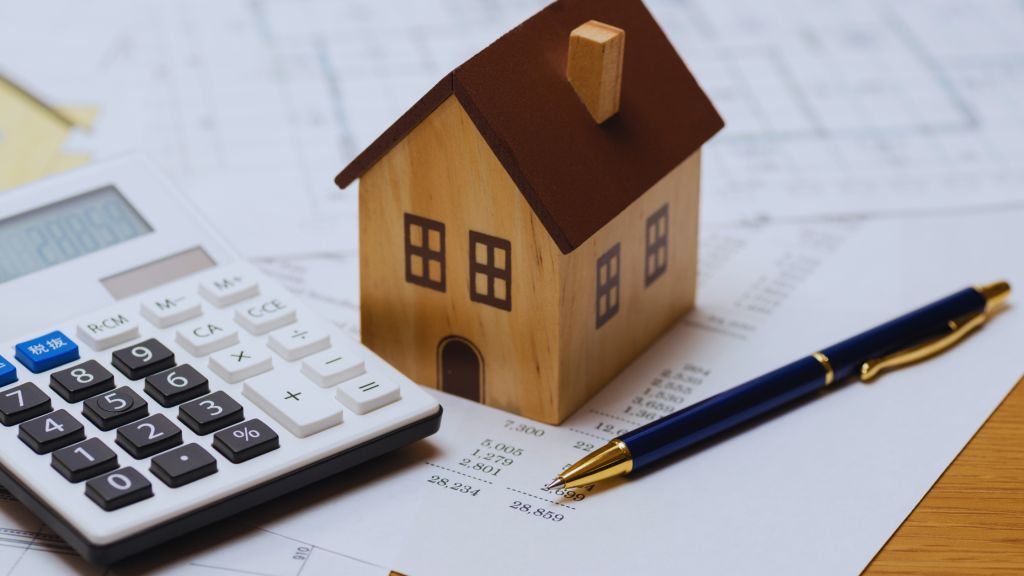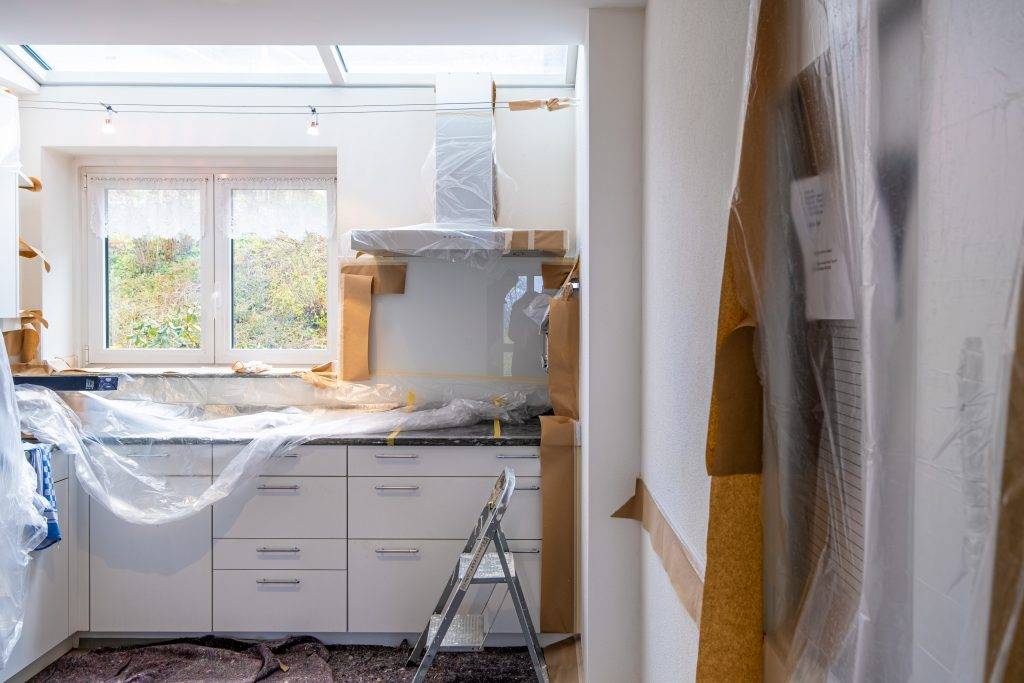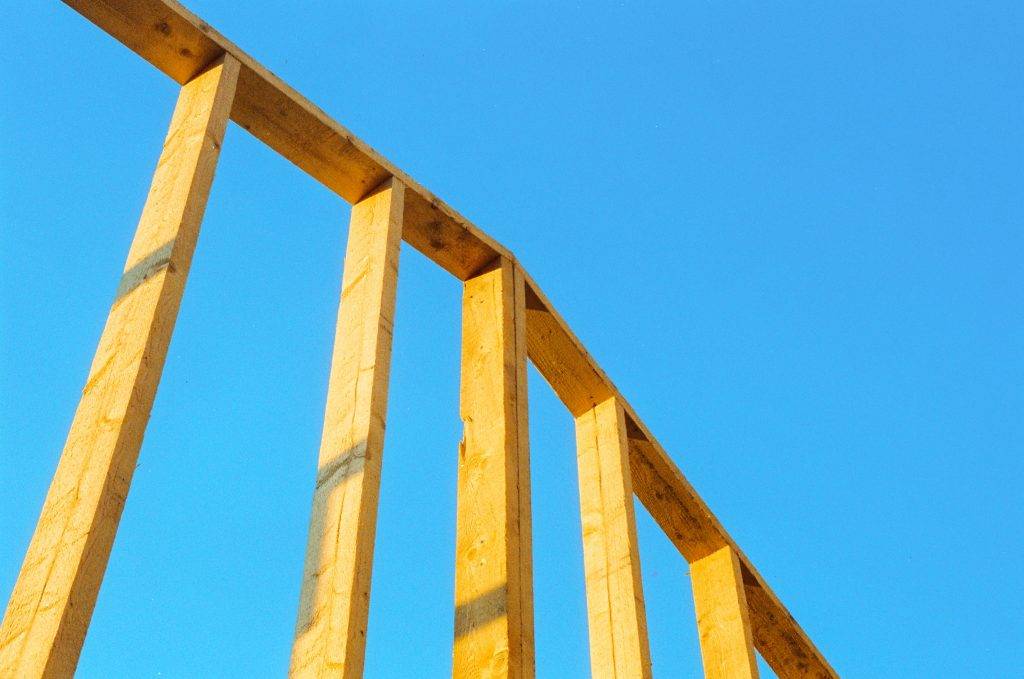Should I Stay or Should I Go? Hot tips to help you survive your renovation
Tips for homeowners living through a renovation, extension or addition
What comes first? Plans or Quote?
We often get asked: “What should I do first? Should I get a quote for my home extension/addition or should I get plans drawn up?”
These are our top 5 tips on why you should get a quote from a builder BEFORE getting plans for your project when building an addition or extension.
-
- Obtaining a detailed written quote or proposal for your addition or extension comes with many benefits. In your quote the builder should provide you with an indication of the size of the build (how much room is going to be added to your home), the number of rooms being added and what materials and inclusions are being used so you know what is included and if you can afford what you are planning to build.
- A builder can arrange to assist you in drafting plans inhouse or have relationships with draftspeople or architects that specialise in the type of build you are after. This can make the whole process smoother and faster saving you time and money.
- When you work with your builder they can review your plans with you and the draftsperson to ensure you are staying on track with costs and may pick up on items that may be of concern from a construction viewpoint. This input is important in ensuring that you achieve what you set out for in your build while staying within your budget and avoiding issues that could arise during the build if not picked up during this critical planning stage.
- A builder can help and advise you on the true costs for different material options before you commit to plans and approvals. This can in turn ensure that you get the right materials, resulting in the right look for your build at the right cost.
- A builder can consult and guide you with on how to achieve what you want while managing what you can afford. This is best done prior to plans being drawn up due to the builders expertise in the type of build you are looking at. This can reduce the amount of plan revisions and save you time and money in the short term and long term.
If you are thinking of planning or building an addition or extension contact us on (02) 4647 2324 or fill out the form below to get things started.
Trainee’s Efforts Rewarded With Full-Time Role
It is always great to see a trainee excel and be rewarded with a full-time role once they complete their qualification.
That’s been the case for Kelsey Ray, who has just completed her Certificate III in Business Administration with us here at 32 Degrees Building.
Kelsey is “delighted” to be staying on with the business, which specialised in custom built new homes, first floor additions and ground floor extensions. She will continue in an administration type role, utilising the skills she has developed in customer service, processing payroll and navigating MYOB.
“Kelsey has been a positive addition to our team,” said Victoria Size, Operations Manager at 32 Degrees Building.
“She is assertive in her ability to step in and assist in other areas where she can and is always willing to learn more. Kelsey now has a great understanding of accounts payable and payroll and is continuing her learning path with sales, client support, HR and accounts receivable, which will ensure that she is a great asset to any company she works for.”
The skills and knowledge Kelsey has learnt in her traineeship have been invaluable to her in regards to working in an office environment.
“Being able to develop the skills I need to start my career in business administration in a practical, real world application,” Kelsey said of what she’s enjoyed the most about her traineeship.
A key element to any young employee getting the most out of their traineeship is the support they have around them. Kelsey described the support she received the last year as “excellent”.
“Everyone at 32 Degrees Building have been so willing to share their knowledge and experience with me, and it was comforting to know that My Gateway was always there if I needed help with anything.”
Prior to beginning her traineeship at 32 Degrees Building, Kelsey worked in the veterinary industry and had limited administration experience. This didn’t pose an issue during her traineeship though, with Kelsey displaying an eagerness to learn and to help her colleagues when necessary.
“From the start Kelsey was all about the “why” – she had to understand why she was doing what she was doing and as soon as she understood this, she was able to effectively undertake her new role,” Victoria said.
Kelsey’s development throughout her traineeship has provided her with some great lessons and advice to help anyone looking to do a traineeship.
“Ask for help when you need it,” Kelsey said. “You’re there to learn and no one expects you to know how to do everything straight off the bat, so ask questions when you need to so you can get the support you need.”
“If you’re willing to put the effort in, you won’t regret it. The opportunity to learn on the job is truly invaluable and My Gateway will be there to help every step of the way.”
We are stoked to have Kelsey employed with us full-time as a valuable member of our team and thank My Gateway for their support throughout the process.
Start your career with us
Leading Hands, Carpenters, Carpentry Apprentices and Administrative Staff Required
Due to recent growth, we are looking for leading hands, carpenters, carpentry apprentices and administrative staff that live in the surrounding suburbs along the M4 & M5 corridors to join our team.
To apply, please call 02 4647 2324 and send your resume to admin@32degreesbuilding.com.au
Must have a drivers licence and a ute, an immediate start is available for the right applicant. Attractive packages available to the right candidates and based upon skill level. Apprentices are paid as per the Award.
What do we offer in return?
A challenging, rewarding and safe working environment where you can develop your skills and gain a variety of experience across the residential construction industry. We will help you to cement your future in your chosen trade and offer exciting career opportunities for you.
How to save money building a First Floor Addition vs a Ground Floor Extension
We often have clients that approach us looking to add more room to their home.
A common question we are asked is ‘Should I build an extension or an addition?‘
We look at the benefits of building an Addition vs an Extension below.
What’s the difference between an Extension and an Addition?
Extension
In the building industry, the term ‘extension’ refers to extending an existing building; to extend its overall floor size. Basically, it means to add another room or make a room larger whilst remaining at the ground level. To add an extension to your home, you will need to sacrifice some of your backyard or front yard to accommodate the extra room.
Addition
Similar to an extension, an addition can add more living space to your home. However, with an addition (also known as a second storey addition/first floor addition), you do not need to give up any of your yard space as an ‘addition’ goes up and not out like an extension is required to do. In other words, when you have an addition done to your home, you will gain another floor level. Adding height rather than length.
The cost benefits of building an Addition vs an Extension
- You can keep living in your home whilst an addition is being built, this saves you the costs related to finding short term accommodation and relocating your family and your possessions.
- You do not have to worry about soil removal. When building an extension, excavation and site preparation costs can be high. Not only do you have to prepare the site to be built on, you often need to remove any excess soil and other materials to make way for the extension.
- An addition can add significant value to your home. How much value can vary greatly depending on what you plan to add to your home. Regardless, a first floor addition is said to add between 30 to 60% to the value of your home.
- If you add extra bedrooms and bathrooms to your home, you can expect a significant return on your investment. This increase in house value is often in line with the difference in house prices from going from a three-bedroom home to a five-bedroom home.
- Choosing to build a First Floor Addition to your home rather than a Ground Floor Extension will also result in you being able to retain more yard space and this will also further add to the selling power of your property.
Regardless of your decision, our team can assist you with an Addition or Extension to your home. Contact us to discuss how we can add more room to your home.

What type of loans can you use to fund your addition or extension?
If you are building an addition or extension on your home you may find yourself needing to arrange finance to pay for the build. We can help you secure the appropriate finance for your build.
Refinance your current mortgage

To pay for your addition or extension you can opt to refinance your existing mortgage. This means that you will use the equity in your home to obtain a loan for a higher amount than what you currently owe to finance your addition or extension project.
The new loan will replace your old loan and you can choose to stay with your existing finance provider or move to a new finance provider. Refinancing has several advantages for homeowners with substantial equity in their homes.
First, it may allow you to obtain lower interest rates without changing your monthly mortgage payment or adding on a new payment.
Second, some lenders “may approve a loan based on the estimated value of your home once the addition is completed,” which is convenient for projects that require a large amount of money, such as a second story addition or ground floor extension.
Take out a Construction Loan
A construction home loan is a type of home loan designed for people who are building a new home, a first floor addition, ground floor extension or doing large scale renovations. It has a different loan structure to home loans designed for people buying an established or existing home.
A construction loan most commonly has a progressive drawdown. That is, you receive instalments of the loan amount at various stages of construction, rather than receiving it all at once at the start. You generally only pay interest on the amount that is drawn down, as opposed to on the whole loan amount.
A number of lenders offer construction loans that are interest-only during the construction period and then revert to a standard principal and interest loan.
Of course, a construction loan is just one potential source of funding for your project. The Federal Government recently unveiled its HomeBuilder scheme, which will give eligible homebuyers and existing owners grants of $25,000 to help them construct or substantially renovate their home. Strict eligibility criteria apply– for example, you’ll need to meet an income test, and be building a new home that’s worth less than $750,000 or a renovation that will cost at least $150,000. For more information visit our blog post here.
We can connect you with our finance specialist to discuss how to get started today.
How to compare building quotes
You’ve made a decision to invest in expanding your family home, but there are so many building companies out there, who do you contact and how do you select a builder and feel confident that you are making the right choice? What type of builder should you be looking for? And how can you avoid facing the common pitfalls and horror stories?
It can be a daunting process, and if you’re in the process of obtaining quotations for a potential second storey addition or ground floor extension on your home, you may be wondering why the quotes you do receive are coming back varying in price.
To help, we’ve compiled a list of items to consider when comparing the value of the quotations you are receiving.

What impacts a build cost? Put simply the following items below will all impact your quotation;
- Builders experience
- Building timeframes
- Allowances & inclusions
- Ambiguous quoting
- Items missed or not outlined clearly
- Service delivery and project management
So, how are all of the quotes so different in price?
It is quite normal to receive quotations and see a 5%-10% difference between them, any more than this would raise a red flag, and it is suggested that you approach your builder and ask the following questions to help determine where the cost differences may lie.
Is the quote apples for apples? Is it comparable?
It’s important to understand that allowance items and finishes are different between builders; for example, you may have an allowance for a $10K bathroom package vs a $3K bathroom package in your quotation. Immediately this will impact the build cost and also may be a deciding factor in the quality of the build you will receive.
How does the builder operate? Do they use employees or contractors?
If the builder is a smaller company, they may use contractors or have less employees, if this is the case, what are the timeframes for your build? The duration of the build may take longer, and you then have to weigh up the additional cost to you of a more prolonged disruption to your family and if you may incur potential additional rental or storage costs over this time. If they are a smaller builder, they may only complete 1-5 projects a year vs a medium-sized builder who completes 20-30.
This would then raise follow on questions of how long do they take to complete a build? How big is their team? And how will the project be managed? Will you be able to talk with the Project Manager during the build, will you have a site supervisor, how can you reach management if there is an issue, is there a support team in place to help guide you through the process?
If they use contractors or employees – how is the quality managed and how can they guarantee the timeframes?
By having employees, they are paid to turn up on time, every day as projected; this ensures no downtime and your project can run smoothly. Unfortunately, some contractors work to their own schedules which don’t always work in with the build and can result in delays. If they use contractors, can your builder guarantee the duration of your build and also the quality? What happens when something goes wrong with the quality, can they get the contractor back to resolve it or will there be project delays while they source someone else to resolve it? Where do you stand if there are delays in your build?
What type of contracts do you work with?
What type of contract used is important to understand very early on in the quoting process as this can have significant impacts to the cost of your build. We recommend only choosing a builder who is using fixed price building contracts such as the Housing Industry Association (HIA) and Master Builders Association (MBA) contracts.
These contracts have been made easy to understand and contain space for the parties to fill out information such as the price, contract completion date, any excluded work.
What is a Fixed-Price Contract?
Fixed-price contracts are contracts where the price agreed upon is a fixed lump sum. This is the most common type of contract used for residential building works.
There are several ways in which the contract price can be changed. This includes ‘variations’, i.e. changes or additions to the scope of works. It also includes provisional sum items (allowances) which may not have been decided at the time the contract is entered into, such as bathroom/kitchen allowances. If the amount allowed is more than the cost of the item, then the owner will receive a credit. If the amount allowed is less than the cost, then a variation will be created.
Cost Plus Contract
An alternative to the fixed-price contract is a ‘cost plus’ contract. These contracts have a capacity to become very expensive, and you should carefully consider these contracts before entering into them as there is no upper limit for the final price.
These contracts differ from the fixed-price contracts as, rather than agreeing to a fixed-price for the building works, the owner agrees to cover the builder’s costs plus an agreed margin for any overheads and profit encountered by the builder. In other words, the price is the actual cost of the works plus the builder’s margin.
How we can help you with your addition, extension or renovation
Your home is one of the most significant investment decisions you will make in your lifetime, and it is an emotional purchase and, as exciting as it can be, it can also be quite stressful at the same time. You need to be able to put trust into who you are engaging with to ensure a positive outcome and stressfree seamless process and this means that it is not always about taking the cheapest quote. You should feel comfortable with being able to approach your builder and talk over your quotation to understand what is included and how you will fit in and work together on your home.
At 32 Degrees Building, we have a team to guide you through the process to help you understand your quote, the process and work together with you on your build. This includes having your own access to your own project management team during your build for peace of mind and quick response.
If you would like to discuss your upcoming second storey addition or ground floor extension with our team and receive a detailed build cost estimate, please reach out to us.
Live the life of Luxury with a Resort Styled Retreat
The Perfect Parents or Teenagers Retreat
Looking for a dedicated area for you to escape the daily grind and kick back and relax? Our Resort Style Retreat Package is tailored to providing the extra space and lifestyle you are looking for.
Retreat Package
40m2 Second Storey Addition
1 open plan bedroom with integrated living area
1 large ensuite
This exclusive package is available for a limited time only. Take advantage of low-interest rates, increase the value of your home and get that extra room for your family.
Terms and Conditions:
Build cost only, based on a 40m2 addition. Plans and Council approval excluded – these are estimated at $15K.
A full quotation can be only be provided following an onsite consultation with the builder to undertake an assessment and determine suitability.
As featured on Channel 9’s Open Homes Australia
Did you get the chance to see our feature on television earlier this year? We aired in a segment on Channel 9’s Open Homes Australia.
Watch Alistair (Director and Builder) alongside Denny (Project Manager) talk you through the transformation of our double storey addition in Cordeaux Heights that we have completed.
This standard brick veneer home has transformed into a now architecturally designed home and features the use of Colorbond cladding mixed with Rubiq Panels to create a modern and contemporary look on the exterior. Internally, we used Hebel cladding on some of the walls to increase the thermal property rating of this home working towards a greatly improved energy efficient home.
Why you should invest in a professional build cost estimate
What makes paying for a professional build cost estimate a good investment? By paying for a professional build cost estimate a builder is enabled to dedicate their time and care in which they can apply a holistic approach to an entire project (with or without plans) delivering a detailed build cost estimate. They are providing you with a valuable time-based service that should leave you feeling educated, empowered and aware of the possible next step(s) forward with your investment. This is inclusive of the builder not only meeting with you at your home; but also spending time researching your needs, sourcing prices and products, liaising with relevant trades and suppliers, it can also include contacting the council, a draftsman, an engineer and any additional specialists (such as a bushfire consultant) before delivering you an accurate tailored solution which will enable you to make an informed decision on your investment. Through this process, you are also being educated about the build and the valuable information you receive should be followed with a responsive service that will lead to an accurate proposal and tailored solution for your home – your investment, your family, your lifestyle, and your goals. By investing in a professional build cost estimate; You are investing in yourself.
When I say you are educating yourself, what does that mean? Throughout their career, a builder will work across multiple projects and gain a valuable wealth of knowledge and experience often leading to specialising in specific build types. (eg. additions, extensions, project homes). It is always recommended to engage in a builder that specialises in the type of build you are interested in.
When engaging a builder through a professional build cost estimate, the builder is dedicating their time with you to impart their knowledge and educate you. They should be able to explain the building process and provide solutions based on their extensive knowledge and experience within the building industry. They should be able to listen to your needs and then respond with information to help you understand what is a viable investment and what isn’t. A builder should be able to discuss specific building materials, their features, benefits and their associated costs and make recommendations based upon your project, Council requirements, budget constraints and your lifestyle. You should be provided with information and advice to help you understand how you can improve the aesthetics and streetscape of your home and also provide quality and cost-effective solutions for the interior and exterior of your project that will add value. Alongside this, the builder should be able to explain the best practices to achieve energy efficiency, working towards the sustainability of your home – which is a major factor in today’s building. Read More



